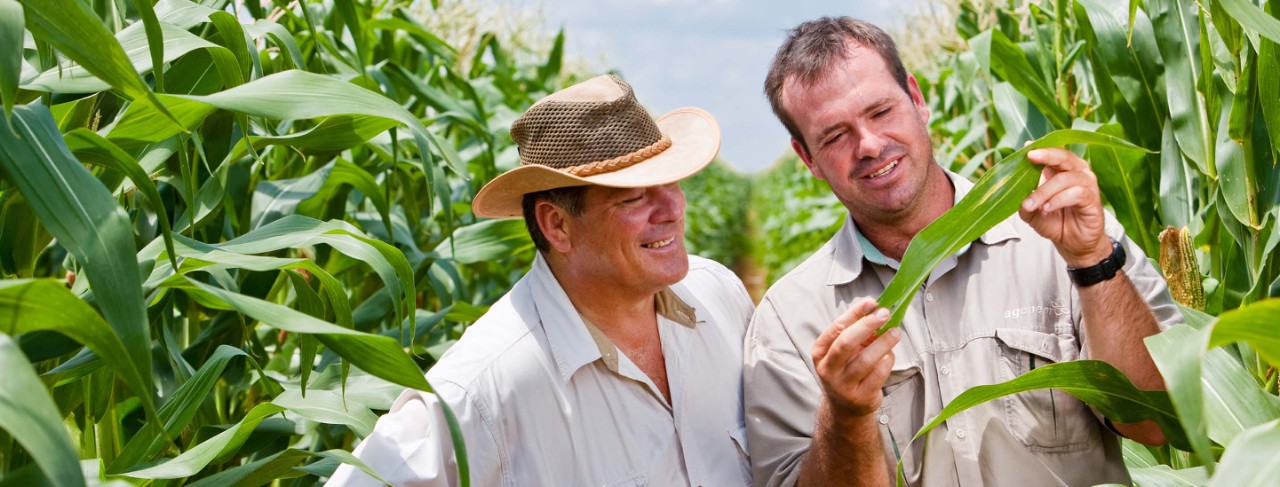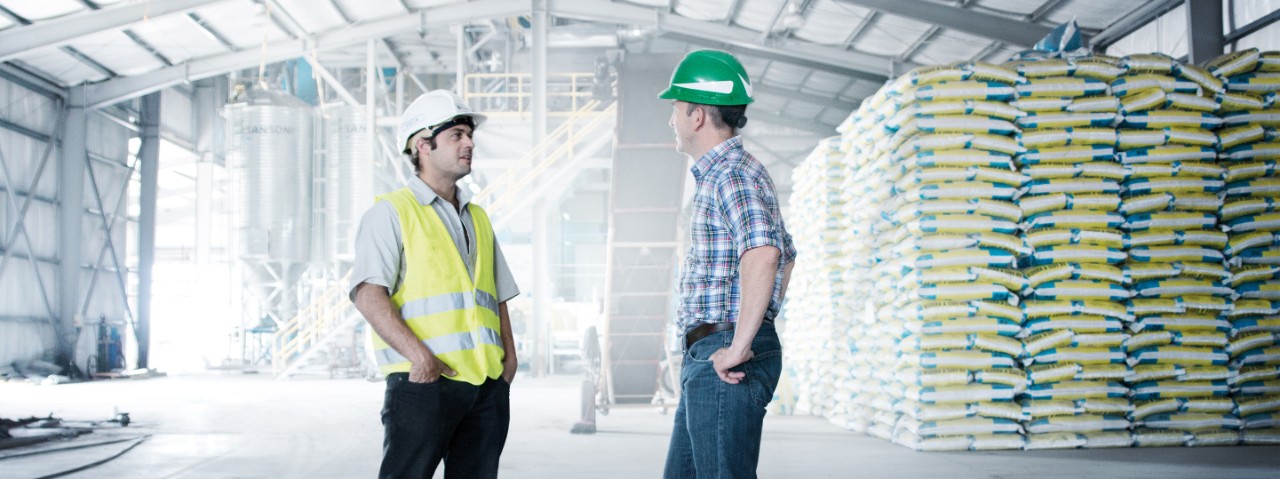
We talked to Ralf Glaubitz, Head of Global Asset Management SeedGrowth at Bayer, about why proactive stewardship measures and certification are key – for Bayer and for the whole seed treatment industry.
What is stewardship all about?
Ralf Glaubitz: “Put simply, it refers to the job of taking care of something. In relation to the corporate world, it often describes the responsible and ethical management of a product throughout its lifecycle, the maximization of benefits derived from the use of products, and the reduction of potential risks to human health and the environment. Stewardship can address all aspects of a product – either crop protection products or seeds – from development to the disposal of any related waste.”
Why is proactive stewardship so important?
Ralf Glaubitz: “We see Bayer’s responsibility as ensuring that our products are being used safely and contributing to the benefit of people’s lives. Our proactive stewardship measures can really make a difference in seed applied technologies throughout Europe. Proactively looking at what is going on with our products in the market and implementing what is necessary to further improve the professionalism in this segment together with our customers is what drives us. This is all about stewardship and why it is so important for us.”
What are the current and future focal points of your stewardship work in SeedGrowth?
Ralf Glaubitz: “Regarding seed-applied technology, our current focus is on the implementation of best management practices in seed treatment and sowing. As to the future, one main focal point will be the certification of seed treatment sites.”
Why is certification a key focal point?
Ralf Glaubitz: “Certification increases transparency and monitors the implementation of stewardship measures. And certification is proven by independent certification bodies. My opinion is that certification of seed treatment sites is the best way of demonstrating professionalism in this field – it’s the measure that ensures we all keep our license to sell. Certification has the potential to change the game!”
But can all these measures be implemented alone without any partners?
Ralf Glaubitz: “Partnerships are the prerequisite for implementing effective stewardship measures. In the field of seed-applied technologies, for example, it is impossible for us to implement stewardship on our own. Here, partnerships with farmers are just as essential as those with breeders, seed treaters, and sowing equipment manufacturers. And it is partnerships that make certification possible, with Bayer supporting our customers to fulfill the requirements of several certification schemes.”
Can you give us some more details?
Ralf Glaubitz: “A Stewardship Task Force set up by the suppliers of seed treatment products drives the implementation of three main goals: development of industry best practices on dust; implementation of best management practices during seed treatment and sowing; and certification of seed treatment sites. A lot has already been achieved. As an industry, we speak with one voice. We have industry-wide acceptance of dust levels for crops, which have been adopted by the European Seed Association (ESA) and are now part of the European Seed Treatment Assurance scheme (ESTA).
European dust level standards are so impressive that they have been adopted globally as a best practice example to follow.
Bayer started its certification efforts where they were most needed – in Europe. But they are not just limited to this region. CropLife Canada, of which Bayer is a member, has created the Accredited Seed Treatment Operation Standards to provide uniform environmental health and safety practices for the storage and handling of designated seed treatment products in Canada. Here, as in Europe, the seed treatment certification process is picking up pace and will clearly have a positive impact on the sustainability of the business across the entire industry.”
Can you give us a best practice example of proactive stewardship?
Ralf Glaubitz: “Sure. Take our work for the cotton sector in West Africa as an example. The cotton industry is increasingly looking for innovative new ways to clean and treat cottonseed, with a minimal impact on the environment. We ensure that instructions are clearly visible on the labeling of the products we supply, so that farmers can understand the most effective way to apply our treatments, with minimal environmental impact. We reinforce this with in-field training for cotton farmers. By showing them how to use our products effectively and demonstrating some of the other contributing factors to cotton seed growth, we can help growers develop better farming methods and implement new cleaning methods which allow for improved adhesion of our product to seed surfaces and less exposure to the farmer during sowing. This is just one example of how we bring proactive stewardship to life.”
What other examples do you have?
Ralf Glaubitz: “Cleaning wastewater is another good case. Bayer is developing alternative cleaning technologies such as electrochemical oxidation technology to support industrial customers, e.g. seed treaters, who need to clean larger volumes and more highly contaminated wastewater. Since electrochemical oxidation ultimately converts the active substance(s) into CO2 (depending on the electricity input), it is a highly effective alternative to incineration. This technology is also foreseen for use at some Bayer sites.”
What about protecting beneficials?
Ralf Glaubitz: “Protection of beneficials is of utmost importance. Bayer is taking its responsibility for bee health very seriously. Consequently, we are committed to environmental stewardship and sustainable farming practices, which naturally include the protection of beneficial insects such as honeybees. And Bayer is working with agricultural communities worldwide to ensure that our products, which are essential in protecting plants from pests and diseases, are used in a bee-responsible manner. That is just one key example of stewardship in action – for the good of sustainable agriculture.”
Would you agree that stewardship practices help to foster greater innovation in seed treatments?
Ralf Glaubitz: “When it comes to proactive stewardship, the goal of our collaborations is to develop technologies with a better environmental profile. Input technologies such as biologicals are one way to achieve this. But there are other avenues we can pursue. Look at big data and digitalization – a megatrend that can help us formulate more targeted products and apply them in the right quantity. The rise of AI-powered data analytics could help us become more specific in our formulations to meet the needs of every farmer.”
How would you summarize the benefits of proactive stewardship?
Ralf Glaubitz: “Aligning sustainability with commercial success for farmers is how we are going to truly embed it in the value chain. For us, all of this is just good service. For Bayer, stewardship simply means professionalism.”

